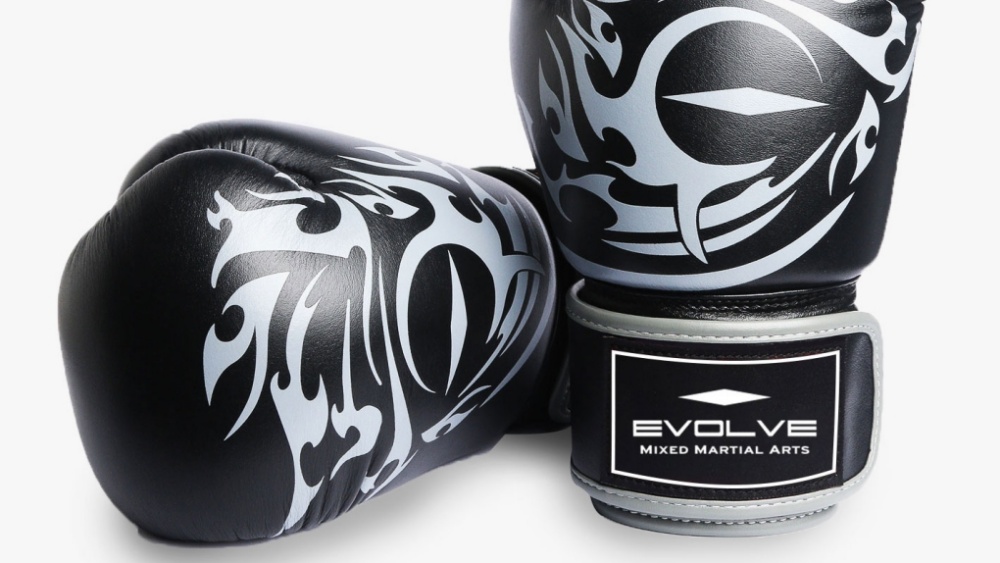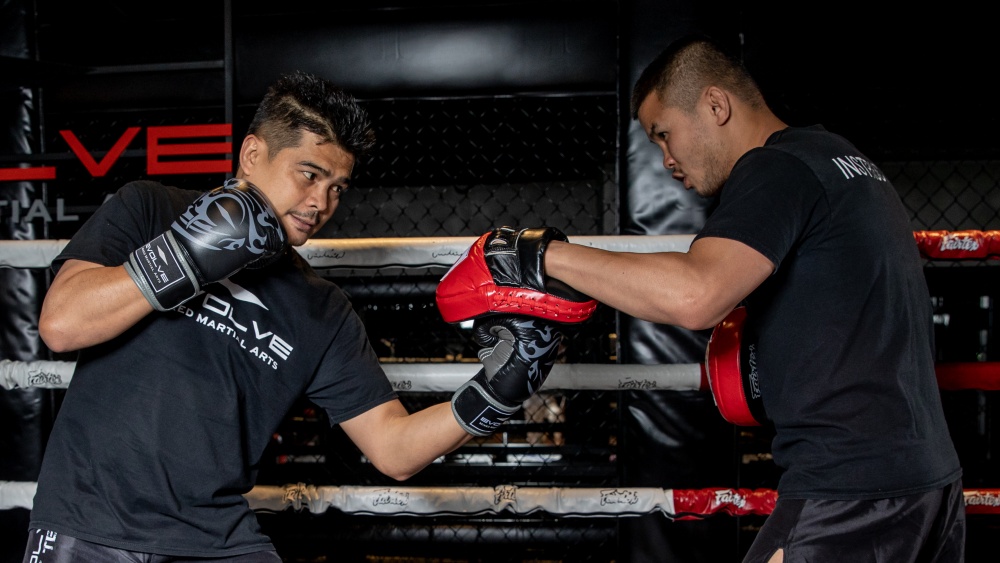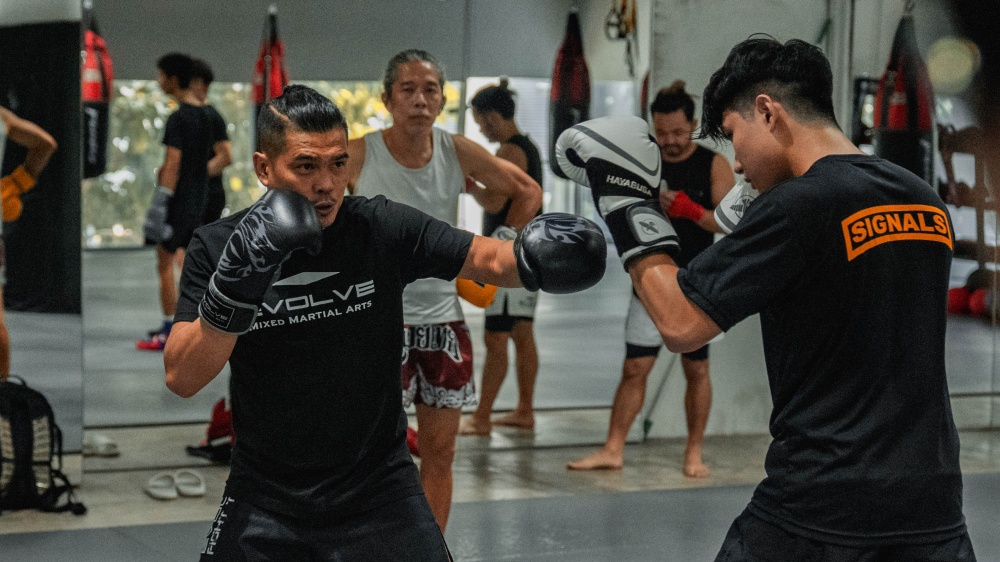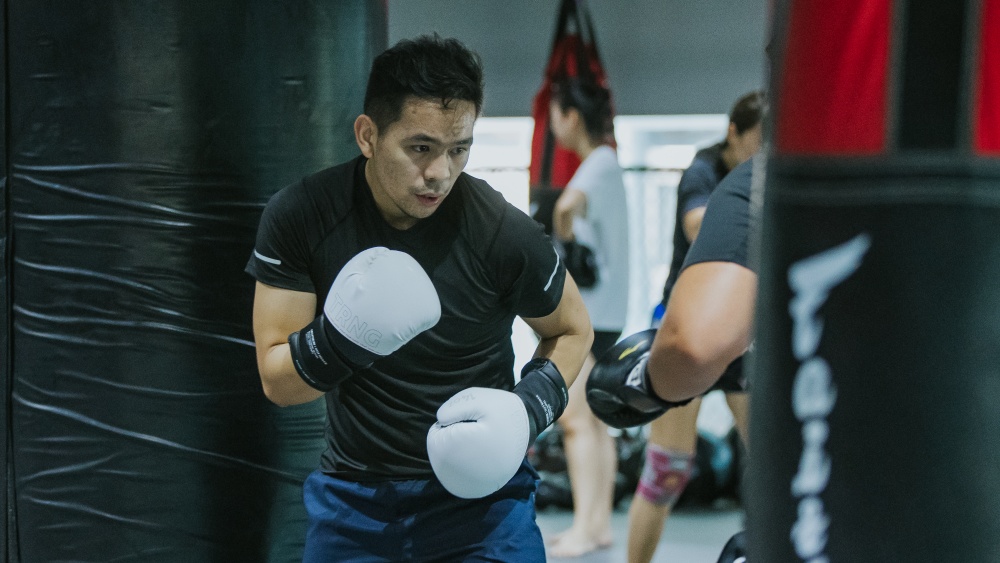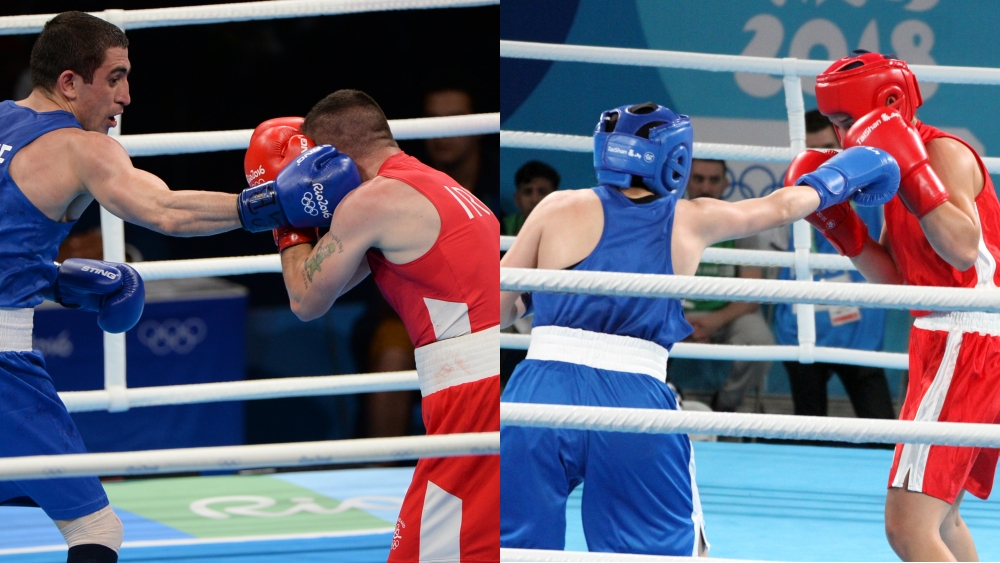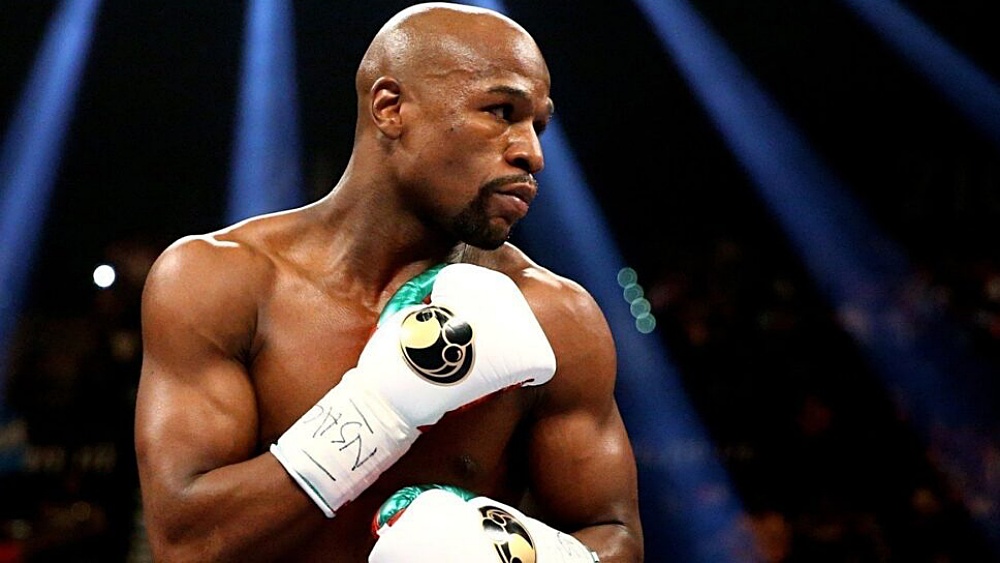You’ll eventually need to pick up a pair of boxing gloves if you’re serious about learning how to box. Sure, most boxing schools have gym gloves new students can use, but using those quickly gets old. You’ll eventually want a pair of boxing gloves that no one else has sweated inside and fits better.
With so many different types of brands and types of boxing gloves to choose from, finding the right one can be quite a challenge. Boxing gloves play essential roles: They protect your hands from injury when you throw a punch and cushion the impact of punches. This article will cover everything you should remember when shopping for boxing gloves.
How To Choose The Right Pair Of Boxing Gloves
Safety should be your top priority when shopping for boxing gloves. Make sure you get a pair of gloves with enough padding to protect your wrists and fists adequately. You also want to get the right size of gloves and the right weight. You need to measure your weight and the circumference of your dominant hand when shopping for the right pair of boxing gloves.
Fabric tape works well for measuring the size of your hand. Measure your dominant hand below your knuckle to get the most accurate measurement. If you don’t have fabric tape, wrap a string around your wrist and mark the length. You can then use a ruler or stiff tape to get the actual measurement.
Boxing gloves come in many weights and sizes. The weight of boxing gloves is measured in ounces, typically between 10 to 20 oz. The size of a boxing glove is determined by how much padding it has.
Heavier boxing gloves typically provide protection but reduce punching power gloves. Lighter gloves are better suited for speed training.
If you’re new to boxing, start with one of the heavier gloves since they provide a higher level of protection. Find a pair that fits snugly and comfortably. Your fingers should be near the top of the gloves when you put them on.
You might have to get multiple gloves if you plan to compete as a boxer. Heavier boxing gloves (16 ounces is the standard) are used for sparring since they reduce the power behind punches while protecting the puncher’s hand. You might have difficulty finding training partners to spar with you if you only have a pair of eight-ounce gloves, which provide significantly less protection than 16-ounce gloves.
The Different Types Of Boxing Gloves
While all boxing gloves look alike to an untrained eye, there are several different types of boxing gloves used for specific tasks. Three types of gloves are used for training-related activities, and two are used for competitive matches. Each type of boxing glove has a unique design that is suited for its primary use.
The different types of boxing gloves include:
1) Bag Gloves
Bag gloves are primarily designed for bag work like working on a speed bag, heavy bag, or focus mitt drills. These pads are designed with less padding in the knuckle area since they are made for hitting backs and working on your technique, not hitting people. Designing them this way allows you to feel your punches as each punch lands so your hands and wrist can get used to the impact. It also helps to teach proper boxing technique. For instance, if you throw a punch at a heavy bag with poor form, you will feel it in your hands that you didn’t land the punch correctly.
2) Training Gloves
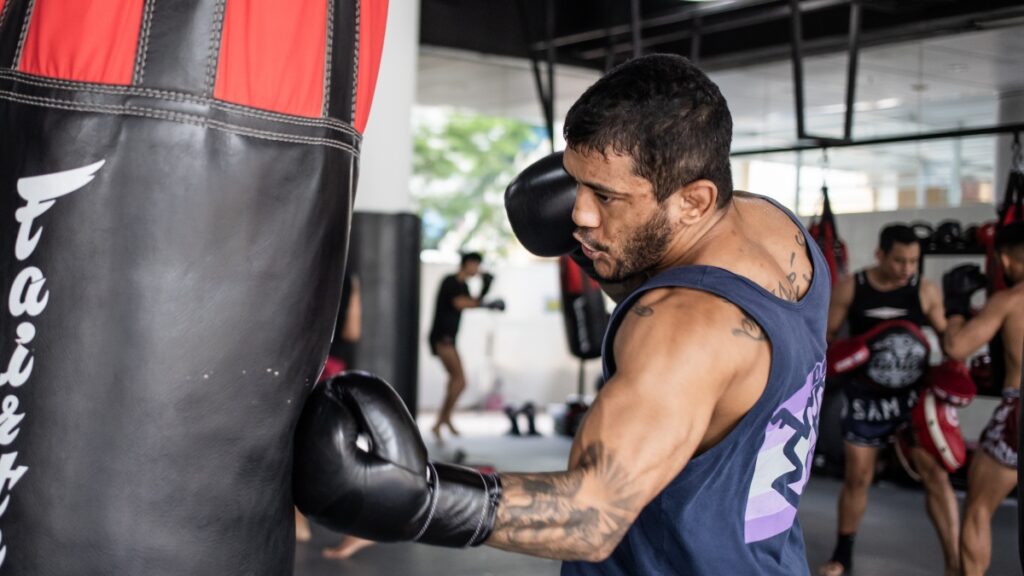
Training gloves are typically recommended for those who are new to boxing. These gloves are made with sufficient padding on the knuckles so they can be used for sparring or bag work. Think of these as well-rounded boxing gloves that don’t have any specialty.
3) Sparring Gloves
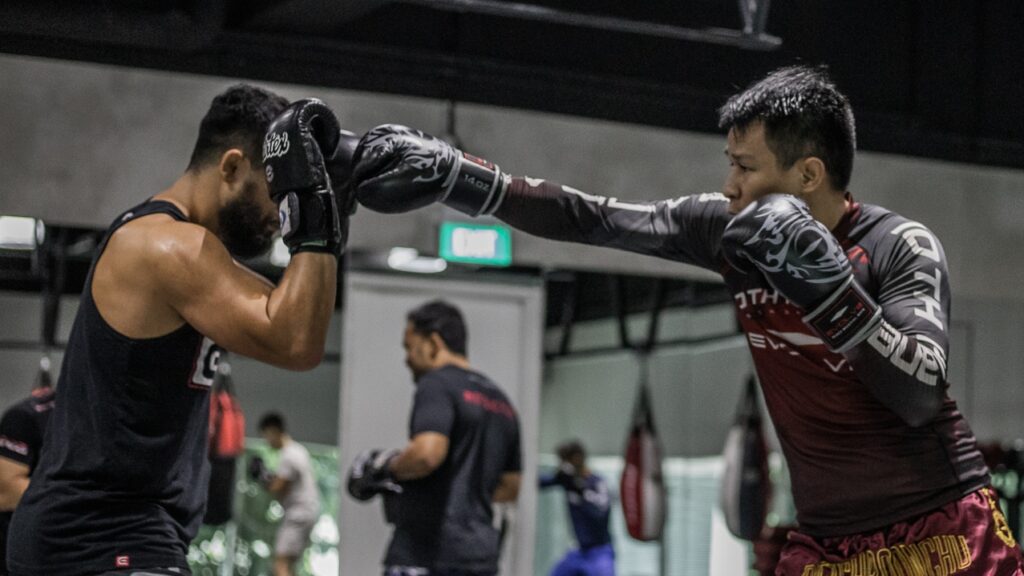
Sparring gloves are designed for sparring, so they come with extra padding on the knuckles to protect your training partners and your knuckles. These types of gloves are typically heavier than their counterparts, like training gloves, even when they are the same size. Some gyms won’t allow you to spar without a pair of sparring gloves to keep everyone safe.
4) Competition Gloves
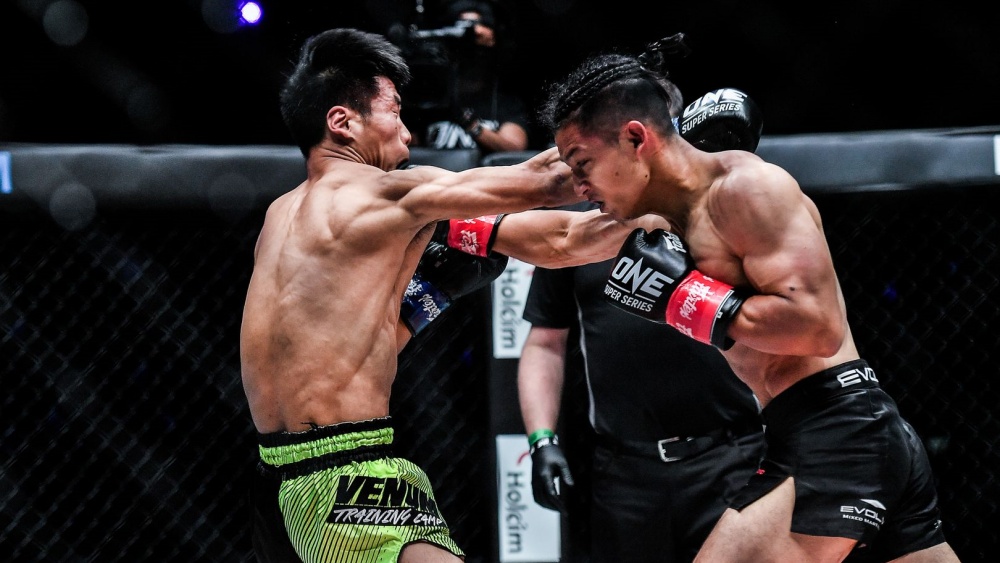
Competition gloves are made for fights. They come with less padding in the knuckles, so your opponents can feel the power behind your strikes. There are two main types of competition gloves: professional and amateur. Amateur gloves often come with white knuckle overlays to make it easier for judges to score fights. Boxing rules and regulations determine the size of gloves used by each weight division on the amateur and professional levels.
The three main boxing glove sizes used at the amateur level include:
- 10oz gloves are used by fighters below the light welterweight division (141lbs)
- 12oz gloves are used by fighters in the welterweight (152lbs) to super heavyweight division (201lbs)
- 16oz gloves are used in the masters’ division which features fighters 41 and older
Professional boxing gloves are broken into two main classes:
- 8oz gloves are used by fighters in the welterweight division (152lbs) and below
- 10oz gloves are used by fighters in the super welterweight division (154lbs) and up
Figuring Out The Right Size For You
You’ll need to look at a sizing chart to figure out the right boxing glove size for you. The most important measurement you need is the circumference of your wrist, but knowing your weight and height helps too.
Here’s a basic chart for bag gloves
| Weight (lbs.) | Size | Wrist circumference (inches) |
| 100lbs and below | Youth 6-8oz | 5 – 6 |
| 101 to 105 lbs. | Regular | 6 – 7.25 |
| 151 to 175 lbs. | Large 14oz | 7.25 – 8.5 |
| Over 175 lbs. | Large 16 – 18oz | 8.5 – 9.75 |
Here’s a chart for training gloves:
| Weight (lbs.) | Size | Wrist circumference (inches) |
| 100lbs and below | 8-12 oz | 5 – 6 |
| 101 to 105 lbs. | 12 -14 oz | 6 – 7.25 |
| 151 to 175 lbs. | 14-16 oz | 7.25 – 8.5 |
| Over 175 lbs. | 16-18 oz | 8.5 – 9.75 |
You may also like:
